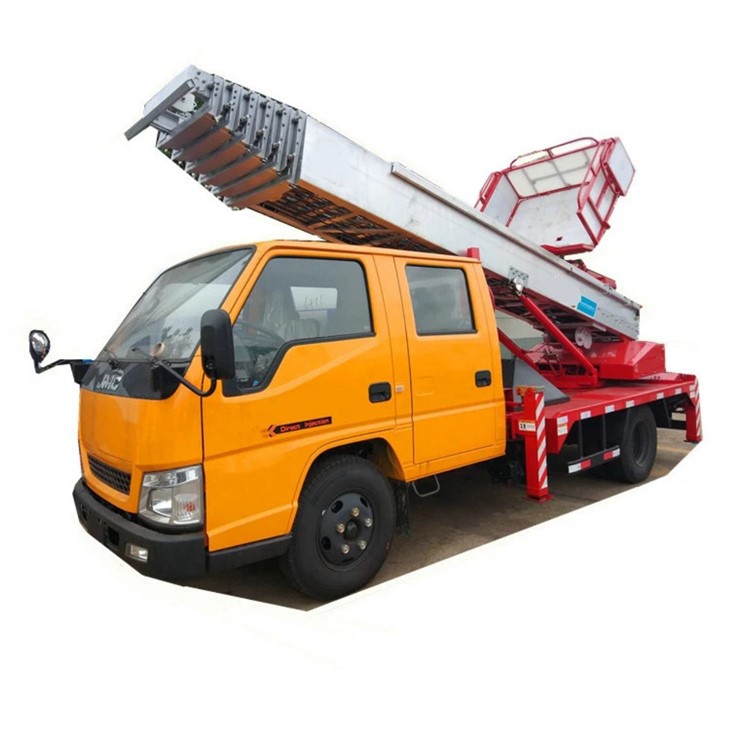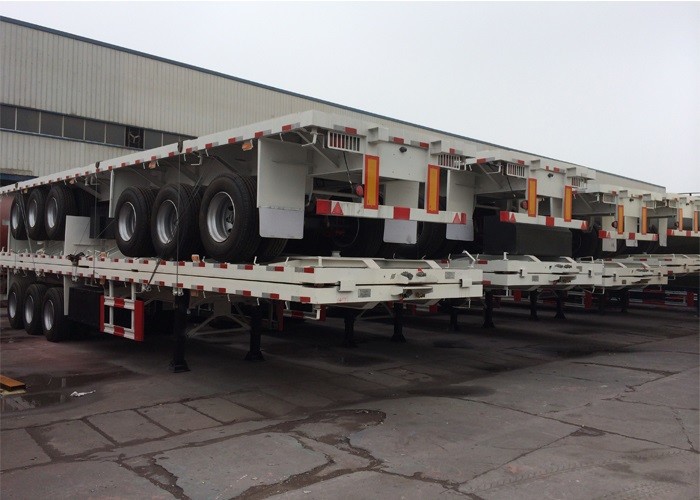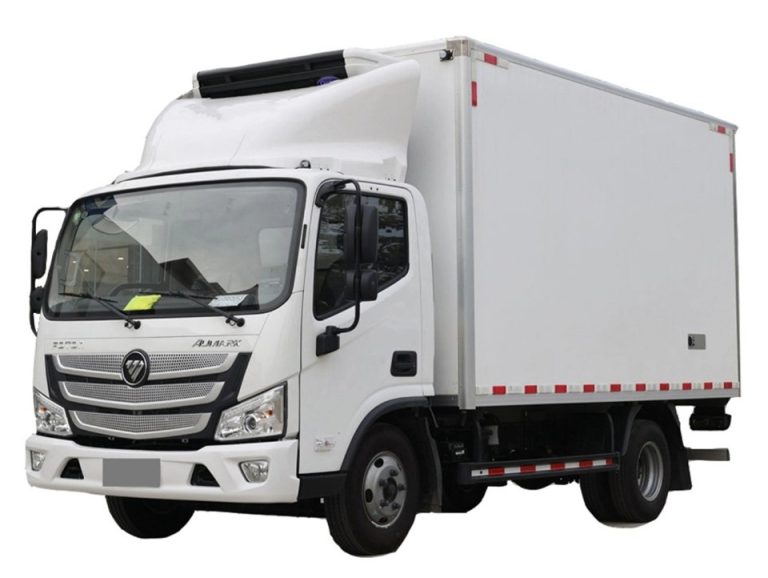In the world of transportation and construction, the truck with tipper has become an essential vehicle. These trucks are designed for loading, transporting, and unloading various materials quickly and efficiently. In this comprehensive guide, we will explore the numerous aspects of trucks with tippers, detailing their features, benefits, applications, and more.
What is a Truck with Tipper?
A truck with a tipper, commonly known as a tipper truck or dump truck, is used for carrying bulk materials such as gravel, sand, debris, and other aggregates. The unique feature of these trucks is their ability to lift and tilt their cargo bed, allowing for easy unloading of materials. This mechanism saves time and labor, making it a popular choice in construction, mining, and waste management industries.
History of Tipper Trucks
Early Development
The concept of the tipper truck can be traced back to the late 19th century. Early models were horse-drawn, featuring a simple tilting mechanism that allowed operators to unload materials easily. With advances in technology, motorized versions emerged, transforming the construction industry.
Modern Innovations
Today, tipper trucks are equipped with advanced hydraulic systems, allowing for increased efficiency and ease of use. Modern designs also emphasize fuel efficiency, durability, and safety, catering to a wide range of applications from small construction sites to large-scale mining operations.
Types of Tipper Trucks
Tipper trucks come in various types and configurations to suit different needs and purposes. Below are some of the most common types:
1. Standard Tipper Trucks
Standard tipper trucks are the most widely used. They typically feature an open-box bed that can be tilted at the rear to unload materials. They are perfect for construction, landscaping, and roadwork.
2. Side Tipper Trucks
Side tipper trucks unload materials to the side rather than at the rear. This design is particularly useful in tight spaces and allows for precision unloading, often used in mining operations.
3. Rear Tipper Trucks
Similar to standard tippers, rear tippers are designed to discharge loads directly behind them. They are beneficial when the unloading area is less accessible, making them a staple in many construction projects.
4. Mini Tipper Trucks
Mini tippers offer a compact solution for smaller jobs. These smaller trucks are ideal for urban environments where space is limited but require the versatility of a larger truck.
5. Articulated Tipper Trucks
Articulated tippers consist of two parts connected by a joint. This design enhances maneuverability, especially for off-road or rough terrain applications. They are often used in large-scale mining and quarrying operations.
Key Features of Tipper Trucks
| Feature | Description |
|---|---|
| Hydraulic System | Allows for the tipping mechanism to lift and tilt the bed easily. |
| Cargo Capacity | Varies greatly depending on the model, can range from 1 ton to over 30 tons. |
| Body Material | Typically constructed from steel or aluminum for durability and weight savings. |
| Drive Type | Available in 4×2, 6×4, and 8×4 configurations for different terrains and weights. |
| Safety Features | Includes anti-lock braking systems (ABS), stability control, and load sensors. |
Choosing the Right Tipper Truck
Selecting the right tipper truck for your needs involves several considerations:
1. Assess Your Needs
Determine the primary materials you plan to transport and the typical load weight. This assessment will guide your choice in terms of cargo capacity and truck type.
2. Evaluate Terrain
Consider the terrains you’ll be operating in. If you will frequently handle rough or off-road conditions, you may want to opt for a more robust, articulated design.
3. Check Legal Limitations
Ensure you are aware of local regulations and weight limits to avoid penalties or safety hazards.
4. Maintenance and Service
Look into the manufacturer’s reputation for reliability and after-sales service. A truck that is easy to maintain will save you money in the long run.
5. Fuel Efficiency
Given rising fuel costs, choosing a model with good fuel efficiency can significantly reduce your operational expenses.
Applications of Tipper Trucks
Tipper trucks are versatile and used in various industries. Here are some of the primary applications:
1. Construction
In construction, tipper trucks are used for transporting materials like asphalt, gravel, and concrete. Their ability to unload quickly on-site speeds up the construction process.
2. Mining
In mining operations, tipper trucks are essential for moving mined materials from the quarry to processing sites. Their durability and capacity make them ideal for heavy workloads.
3. Landscaping
Landscapers use tipper trucks to transport soil, rocks, and plants. Their ease of unloading allows for efficient landscaping projects.
4. Waste Management
In waste management, tipper trucks are utilized for collecting and transporting debris and waste. They help maintain cleanliness in urban areas.
5. Agricultural Use
Agricultural businesses use tipper trucks to transport harvests, fertilizers, and equipment across large farms and fields.
Practical Tips for Operating Tipper Trucks
1. Regular Maintenance
Frequent inspections and servicing are crucial. Regular checks on hydraulic systems, brakes, and tires help prevent breakdowns.
2. Safety First
Always wear safety gear and ensure the area is clear before tipping. Educate all operators on proper safety procedures to minimize risks.
3. Proper Loading Techniques
Avoid overloading the truck and secure load properly to prevent shifting during movement. This practice ensures safety and efficiency.
4. Know Your Truck’s Limits
Understand the weight limits and maximum tilt angles of your tipper truck to operate within safe parameters.
Environmental Considerations
With rising concerns about sustainability, many manufacturers are now focusing on eco-friendly designs for tipper trucks:
1. Emission Standards
New regulations are pushing manufacturers to produce trucks that meet stringent emission standards. Investing in newer models can reduce your carbon footprint.
2. Alternative Fuels
Explore options for alternative fuels, such as electric or hybrid models, to reduce harmful emissions and operational costs.
3. Recycling Capability
Tipper trucks can also be utilized in recycling efforts by transporting recyclable materials efficiently.
FAQ Section
1. What is the average lifespan of a tipper truck?
The average lifespan of a tipper truck ranges between 10 to 15 years, depending on usage and maintenance.
2. Can tipper trucks be used for personal use?
Yes, if you have a considerable amount of materials to transport, tipper trucks can be useful for personal use in landscaping or construction projects.
3. How much weight can a tipper truck carry?
This varies by model; however, most standard tipper trucks can carry between 10 to 20 tons.
4. Are there used tipper trucks available for sale?
Yes, a variety of used tipper trucks are available in the market. It’s important to check the condition and history of the vehicle before purchase.
5. How often should I service my tipper truck?
Regular servicing is recommended every 6 months. However, high-usage trucks may require more frequent inspections.
6. What safety features should I look for in a tipper truck?
Invest in trucks that have ABS, stability control, load sensors, and good visibility features to ensure operator safety.



